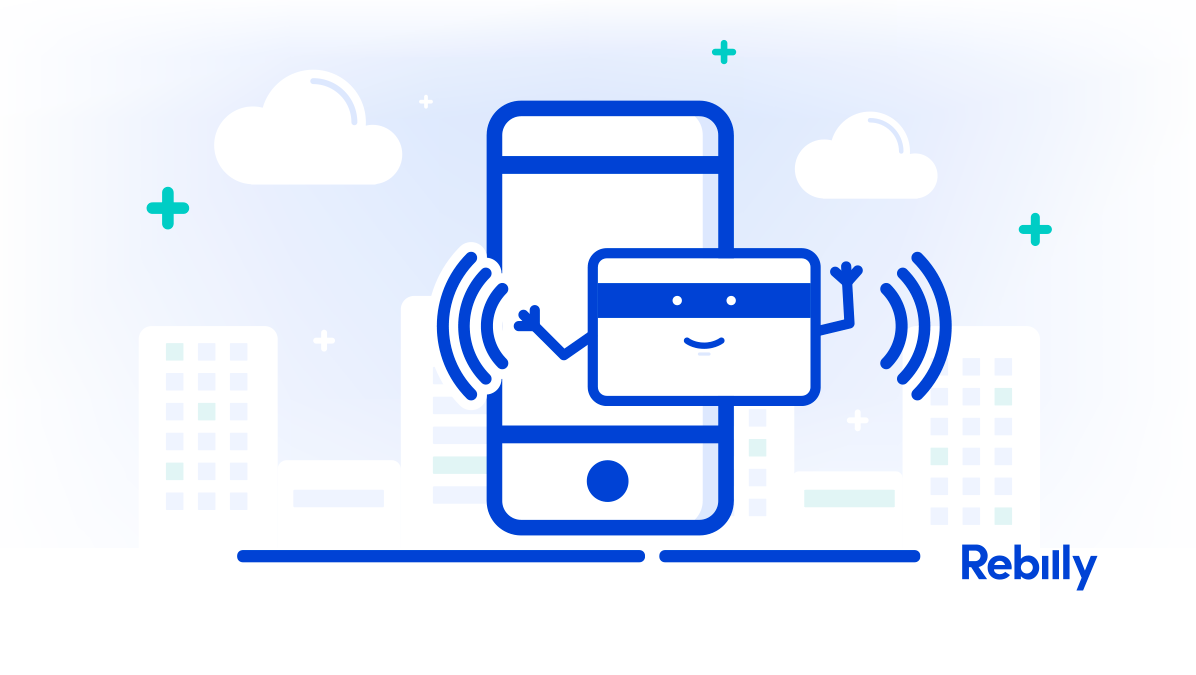How Businesses Can Thrive In the Wake of Cashless Cities and Subscription Sites
The world is going urban, and that’s not changing anytime soon. The UN projects 68% of the global population will be city dwellers by 2050, up from only 30% in 1950.
Populations are rapidly concentrating and smartphones adoption are commonplace. That’s leading to expansive smart city initiatives globally, involving everything from public WiFi to autonomous shuttles to cashless economies.
Cashless transactions are now ubiquitous and, especially in urban areas, are the new norm. In the United Kingdom, two-thirds of transactions are now done electronically. There are opportunities here for businesses to embrace this change and make changes that are wins for themselves and their customers.
Improve your customer service experience
Physical money comes with some significant downsides:
- Cash handling errors
- Longer time to complete transactions
- Limited by cash-on-hand
- Fewer customer insights
Though the movement is still in its infancy, brick and mortar businesses are slowly moving towards only accepting credit or debit cards, or other cashless options like Apple Pay.
A study by Visa found additional costs businesses and merchants run into when handling cash.
Time: Digital transactions make up 55% of payments, versus 45% in cash, check or money orders. Despite this, the time spent processing both is approximately the same.
Cost: Digital payments cost retailers 5 cents on the dollar, versus 7 cents for cash, because of the added labor costs.
Crime: Businesses in cash-centric cities lost 4% of revenue due to fraud or theft.
Lost Sales: Consumers are less likely to make a purchase because their options are less flexible. In cash-focused cities, this causes customers to forego a purchase every month, valued at $73 on average.
Once businesses begin accepting digital payments, the Visa survey discovered revenues increase an average of 17%.
Which begs the question, what options do you have for going cashless?
Cashless done easy
Contactless Payments: Target now accepts Apple Pay, Google Pay, and other contactless cards with transactions completed through their checkout terminals. This form of payment is widely popular in Europe seen from the London buses to Spain having more than 539,000 terminals.
Payment Gateways: Want to make it easier for customers to complete a purchase on your site? Set up a payment gateway so customers can securely pay online through credit or debit.
QR Codes: Digital payment setup can be as simple as providing a QR code so customers can scan the image using their phone. In China, an estimated 65% of the population pays with smartphones. A street vendor in China can buy a QR code for 50 cents from Alibaba that customers use to pay on the go just like other purchases they choose to make.
Leverage data from digital payments
Businesses also use data mining to gauge their customers’ spending habits and transaction histories.
Alibaba uses data mining to uncover customer insights central to business development. In one instance, they’ve found young women who wear tight jeans will more likely need to replace the screen on their phones. They now offer screen insurance in advance as a contextual offer.
Subscription businesses – or potential ones – can use data to optimize their pricing, add additional products or decide if a subscription model is right for them.
Benefits for consumers to going cashless
Going cashless may not only benefit your business, but it can also help your customers. Beyond the saved time your customers enjoy completing a cashless transaction (an estimated 32 hours per year according to Visa), there’s also:
- clear transaction histories customers can see for budgeting and expenses
- more personalized customer service based on previous purchases
- more data to build a clear credit profile if they’re looking to eventually obtain a loan or mortgage
- accruing interest when maintaining funds in an account
In the case of paying in advance, businesses also reward their loyal customers. Many subscription services, like Spotify, provide instant savings to customers who pay for a full year of their services up-front.
Potential pitfalls of cash-free transactions
One issue that may arise going 100% cashless is discrimination. For people who do not have a stable income, they may not necessarily have a bank account. And in turn, do not have any sort of credit card for digital transactions.
Cities like Philadelphia and San Francisco are responding to this issue by exploring ordinances requiring retail stores to accept cash.
In the meantime, stores can still incentivize customers to join loyalty programs and subscribe for savings. With the data that businesses can get from loyalty programs and subscriptions, upsells based on customer history are much easier.
Looking for tips on how to collect more data and use it to optimize your prices? Check out our Price Optimization Guide for a list of experiments you can do right now, categorized by funnel stage and difficulty. You can download it now and get started today:
